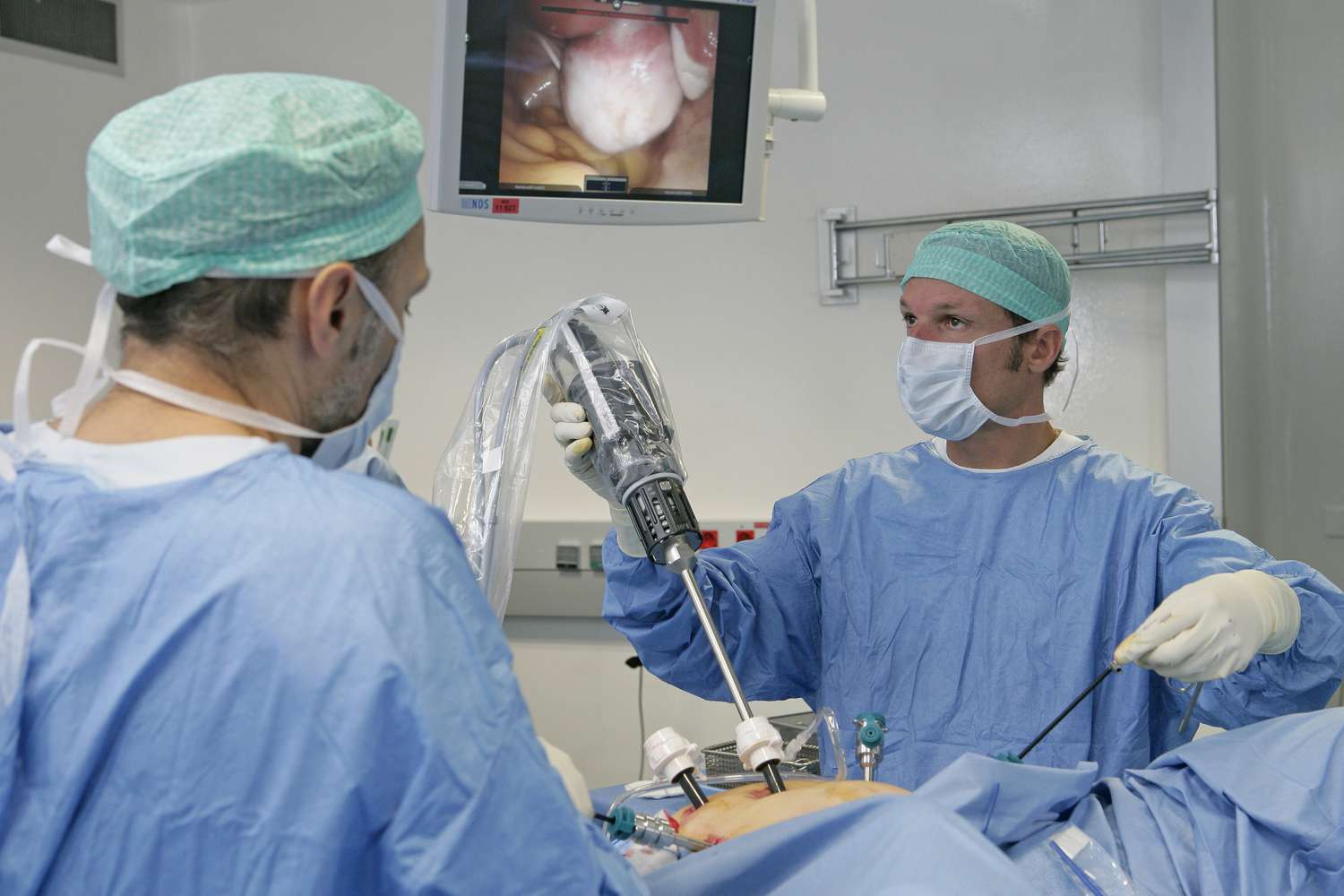Uterine Prolapse
Uterine Prolapse

Uterine prolapse happens when pelvic floor muscles and tendons stretch and debilitate until they never again offer sufficient help for the uterus. Accordingly, the uterus descends into or projects out of the vagina. Uterine prolapse most frequently influences individuals after menopause who’ve had at least one vaginal conveyance. Mild uterine prolapse generally doesn’t need treatment. In any case, uterine prolapse that causes distress or disturbs day-to-day existence could profit from therapy.
Front prolapse. Front prolapse results from soft connective tissue between the bladder and the top of the vagina. It can make the bladder swell into the vagina. This is known as a cystocele or prolapsed bladder.
Back vaginal prolapse. The soft connective tissue between the rectum and the floor of the vagina can make the rectum swell into the vagina. This could cause trouble with defecation. Back vaginal prolapse is likewise called a rectocele.
